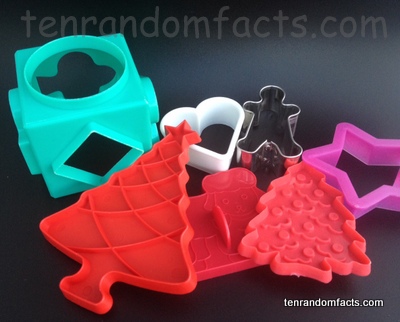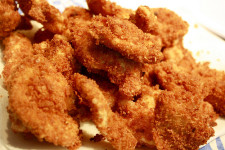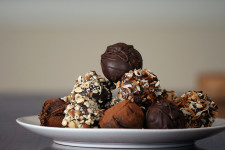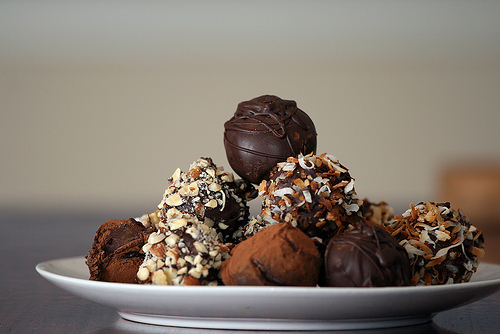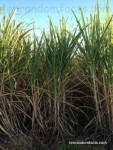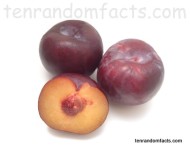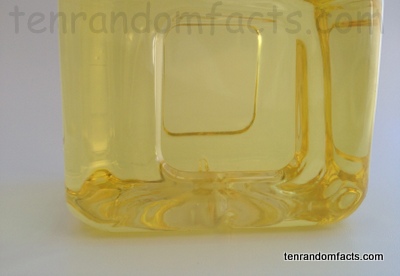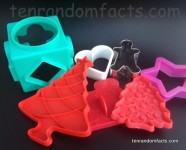
Cookie cutters are sweet additions to your kitchen.
- Cookie cutters are somewhat sharp objects used in food preparation to easily cut an edible item into a specific shape.
- Most often cookie cutters are used to cut cookie dough, although they can be used to shape bread, cake, vegetables, fruit and fondant icing, although this can depend on the material the cutter is made from.
- ‘Cookie cutters’ are also known as ‘biscuit cutters’; while moulds, rather than cutters, were used from 2000 BC for shaping dough, and these were used by Ancient Egyptians.
- Cookie cutters are most often used to make batches of shaped cookies that are to be consistent in shape and size, and are commonly utilised for special occasions or seasons, such as parties or Christmas celebrations.
- Materials typically used to make cookie cutters include plastic, or a metal such as tin, stainless steel, aluminium or copper.
- Cookie cutters are generally used by pressing the cutter into a food, which typically cuts, but may also imprint, designs.
- Before use, cookie cutters are often coated thinly with flour or oil to prevent them sticking to the food to be cut.
- Cookie cutters are said to have originated as early as the 15th century, although as a result of the rise of shaped gingerbread cookies in the 17th century in Europe, there was an increase in demand for an easy way to shape the biscuit or cookie, making cutters more popular.
- Cookie cutters come in numerous shapes and sizes, ranging from basic shapes like circles, to popular shapes like gingerbread men, and more intricate shapes like detailed snowflake designs.
- Cookie cutters are popularly collected and clubs exist for enthusiasts, while some museums are dedicated to historical cutter collections.
Bibliography:
Audet M, Collecting Antique and Vintage Cookie Cutters, 2013, HubPages, http://hubpages.com/hub/Collecting-Vintage-Cookie-Cutters
Cookie Cutter, 2015, Wikipedia, http://en.wikipedia.org/wiki/Cookie_cutter
Cookie Cutter History, n.d, Karen’s Cookies, http://www.karenscookies.net/Cookie-Cutter-History_ep_136-1.html





